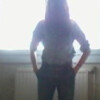Since childhood, I have presented an atypical personality, which was reflected from an early age in the creative fields. I also frequented Parisian libraries and museums more readily than young people of my age. My concern for justice and equality pushed me towards long studies of law and the occupation of fifteen years of a very serious public employment. But I came to understand that literature and visual art, to which I continued to devote all my unpaid time, could have more social impact. The death of my grandmother, herself a painter who taught me a lot, was the trigger. I allowed myself to become it myself.
The work that I build is immediately distinguished by its great variety of subjects, techniques, supports, and even ways of painting. While it is common to hear a young artist say that he "will eventually find his style", I specifically refuse to be locked into a style. I claim this freedom, it is the basis of my artistic identity. I see no point in doing the same thing over and over again, and obviously doing what others have already done that I know of. However, the presence of writing is quite recurrent in my work. I don't really believe in the relevance of maintaining the distinction between the arts, abstract and figurative for example, but also painting and sculpture, or even literature and visual arts. In the absence of writing on the canvas, the titles, carefully chosen, are often indicative of another dimension of the work. Finally, my achievements inevitably bear the mark of my offbeat gaze. Humor, sometimes dark, holds an essential place in my way of addressing the world.
I fire whatever wood moves me. Conversely, artistic practice allows me to support this emotion. I don't have a television, tablet or smartphone, in order to limit media attacks, but the main news, good or bad, always ends up reaching me. My basic research focuses on childhood, relationships, the living, and their variations which are motherhood, the passage of time, disappearance, memory, the body, femininity, nature. My art is intended to bear witness.
I do not do any preparatory work, by choice. Likewise, I always try to draw as simply as possible as soon as the subject lends itself to it, even if I know that the eyes of the current public have an appetite for hyperrealism. I really like the gestural art and the childish art, in my eyes spontaneity is the only way to be authentic and to give birth to emotion, good or bad. I could do something beautiful or consensual, but I want to do something real. This does not mean that there is no upstream thinking. I keep certain ideas in my mind for months or years until I feel completely ready to "take action" artistically. But as soon as I touch the canvas, it's final. Even if it means throwing it away afterwards: a lot of work, but everything obviously does not satisfy me. There is only one canvas to date for which I have done preparatory work, in the sense that I painted two before the 3rd that I kept: it is the "Predators", on the difficult subject of pedocriminality.
I have nothing to show, or to demonstrate. Paradoxically, through my paintings I try to make people hear, all things considered, in the manner of Munch's "Cry". I would like to bring humanity out of the lethargy in which it seems to me to be stuck, to make it feel the urgency to really live.
Absolutely anything can be useful to me, especially since I do not like to feed the landfills: I was thus able to use salt, the sharpener of pencils, the keys which are used to retighten the canvas, a mirror, etc. I have an enormous reserve of small "treasures", gleaned here and there. When I create, I grab the tool I need depending on the rendering and the color, it can even be a lambda marker! I am very curious to try new things and have no preconceptions. Acrylic paint is still what I use the most, although I sometimes find that it doesn't dry fast enough yet!
My main difficulty is to make my work known. I do not have the networks that other artists can benefit from, by their training, background or seniority. The exchanges around my work fail me.
I would very much like that to be the case! Travel and discussion nourish the openness necessary for each artist, and for each person more generally.
When a visitor laughed when she saw one of my paintings: incredible, she understood the joke it contained!
Impossible to foresee the inevitable fortuitous discoveries and the modifications of environment which will reflect on my work. I only hope to be surprised.
I am participating in the Art Shopping fair from October 22 to 24, 2021 at the Carrousel du Louvre in Paris. My current long-term work relates to several tables relating to freedoms.
Georges Brassens: music has a great importance in my visual art. He would play the guitar, that would be fantastic. And incidentally, I will try to draw his portrait!

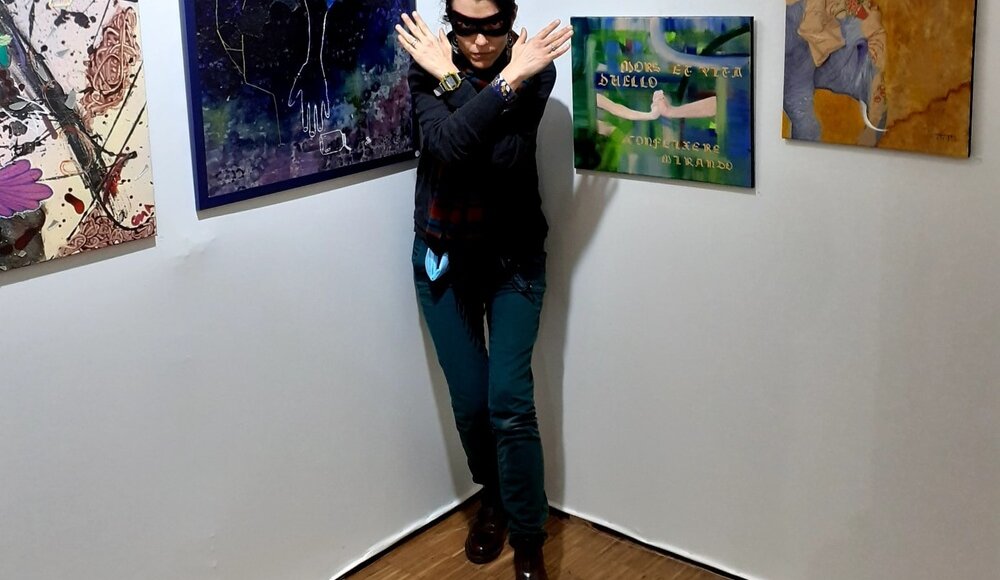
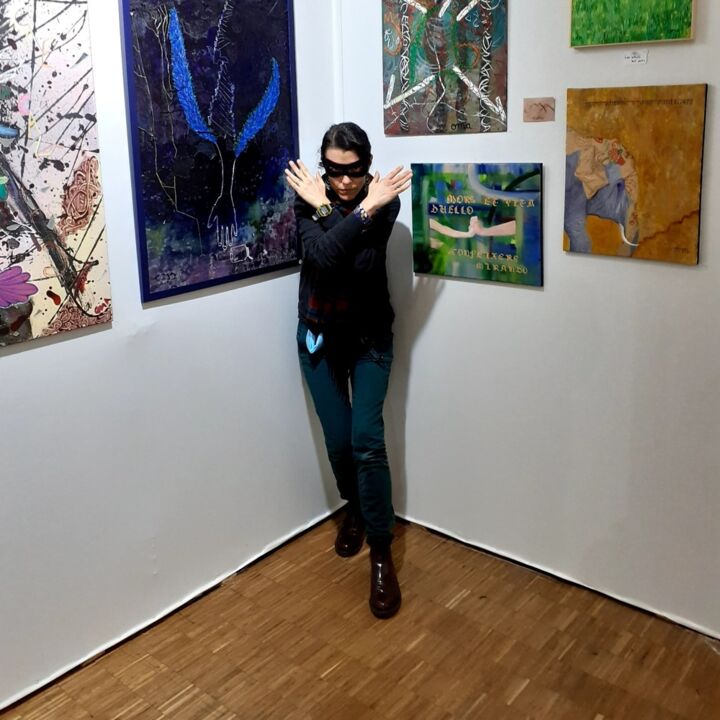
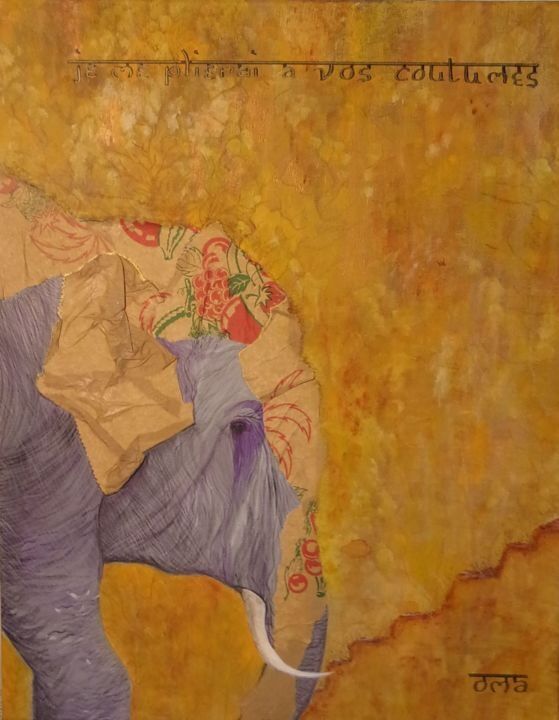
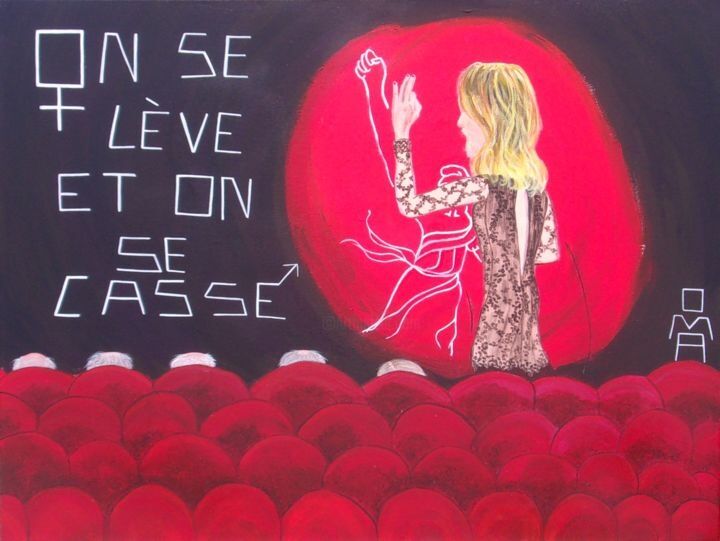
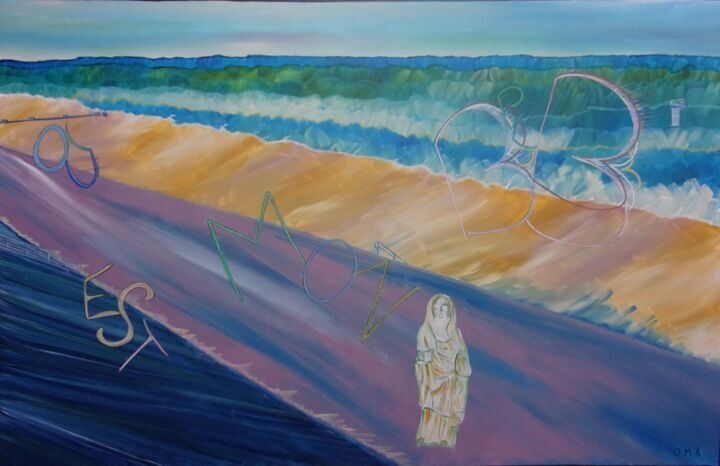
 Nicolas Sarazin
Nicolas Sarazin
